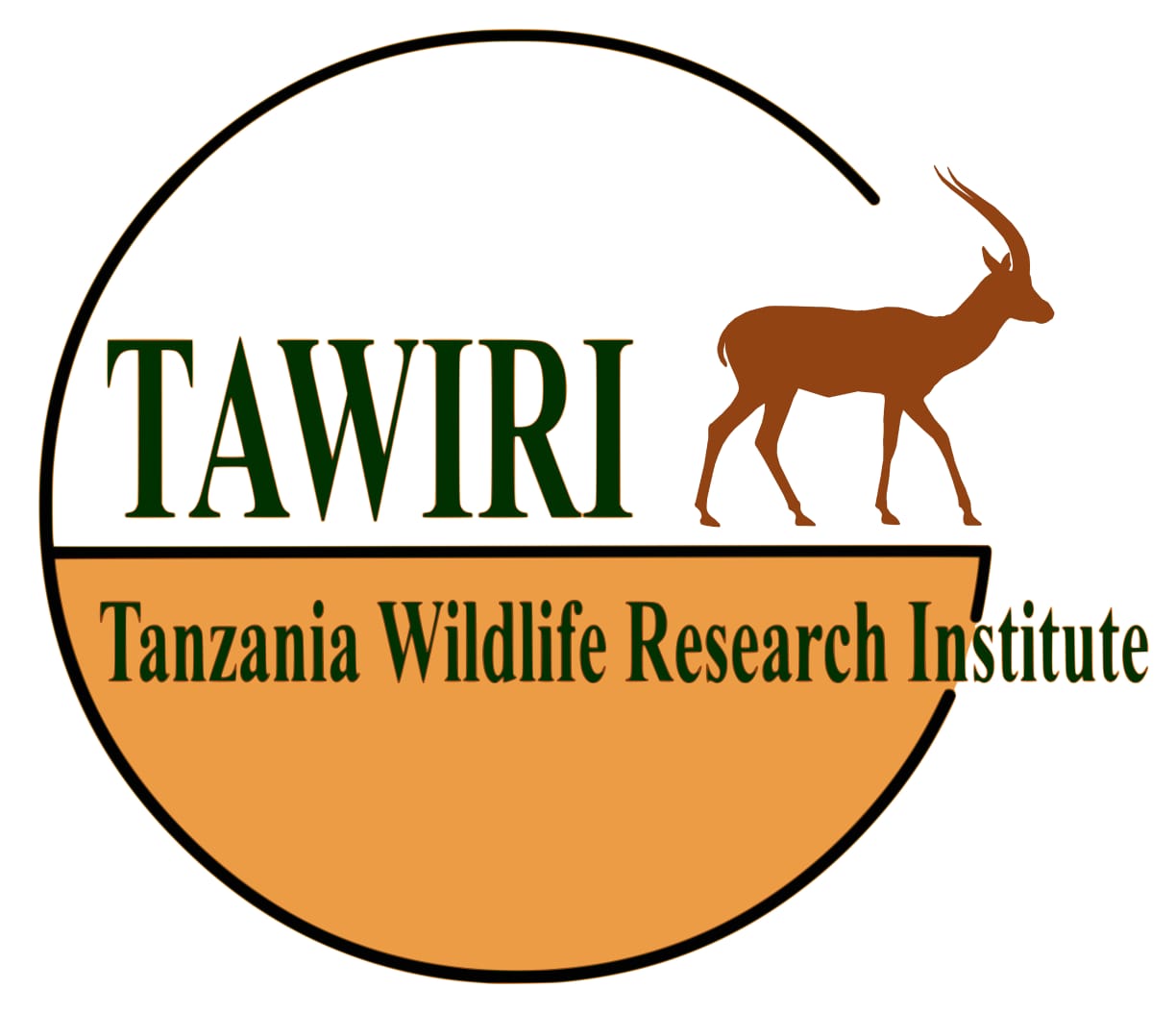Research Preview

Principle Investigator:
Introduction
Problem Statment
General Research Objective
Other Details
| Clearance# | Clearance Date | Permit# | Permit Date | Commencement Date | Completion Date |
|---|---|---|---|---|---|
| None | CST00000214-2023-2024-01210 | Oct. 28, 2024, midnight | Jan. 2, 2025 | Jan. 1, 2026 |
Priority Research Theme & Areas
| Priority Research Theme | Research Area |
|---|---|
| WILDLIFE POPULATION MONITORING | Wildlife population monitoring methods |
| HUMAN-WILDLIFE INTERACTIONS | Livestock predation |
| WILDLIFE ECOLOGY AND ECOLOGICAL INTERACTIONS | Migratory routes, corridors, buffer zones and dispersal areas |
| WILDLIFE POPULATION MONITORING | Population monitoring of Rare, endemic and endangered species |
Project Location
| Region | Wildlife Area | District | Species |
|---|---|---|---|
|
Pwani Morogoro Katavi Iringa Mbeya Singida |
Ruaha Mikumi Tarangire Katavi Nyerere Ugalla River Selous Rungwa Ugalla Maswa Kizigo Lwafi Muhesi Lukwika- Lumesule Rukwa Lukwati Piti Wami Mbiki Lunda Mkwambi Mlele Rungwa River Inyonga Wembere Ipole Makame Makao Pawaga - Idodi Ngarambe -Tapika Waga Mpimbwe |
Morogoro Kilombero Mlele Mpanda Iringa Mbarali Chunya Singida Manyoni |
Project Researchers
| Researcher | Role |
|---|---|
| Corinne Kendall | Principal Investigator |
| Msafiri Mgumba | Co-researcher |
| Masai Laizer | Co-researcher |
| Plakizia Msalilwa | Co-researcher |
| Claire Bracebridge | Co-researcher |
| George Lohay | referee |
| Wiston Mtandamo | referee |
Reseach Objectives
| Sn | Objective | Methods | Description | ||
|---|---|---|---|---|---|
| 1 | Establish ground and aerial nest monitoring to monitor occupancy and fledgling success, for both tree nesting and cliff nesting vultures in key selected areas. |
|
|||
| 2 | Investigate the impact that a community training on the risk of use of pesticides to human, domestic animal and wildlife health has had on the attitude towards pesticide use and wildlife poisoning and if there is corresponding behaviour change. |
|
|||
| 3 | Continue to expand the movement study by attaching satellite units to vultures in both current study landscapes to further enhance understanding of population ranges and poisoning threats |
|
|||
| 4 | Continue monitoring population status and trends of vultures in Tanzania via established standardised road transects in Ruaha, Katavi and Nyerere |
|
|||
| 5 | Evaluate the role of ecosystem services of vultures by investigating how vulture activity at carcasses affects arthropod and microbe communities, which can spread disease. This is a MSc student project that started in September 2024. |
|
|||
| 6 | Provide training to rangers and key community stakeholders in protocols for collecting samples and data as well as proper clean-up at a poisoning event. |
|
|||
Reseach Attachments
| Attachment Name | Attachment |
|---|---|
| Full Proposal | Kendall_and_Bracebridge_Vultures_ResearchProposal_2024.pdf |
 Nwris
Nwris